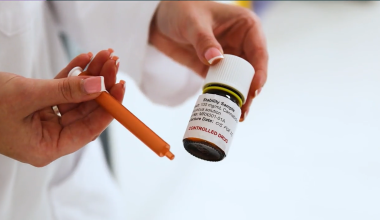
Neither the passage of adult-use marijuana legalization laws nor the advent of retail cannabis sales is associated with increased marijuana use by adolescents, according to data published this week in JAMA (Journal of the American Medical Association) Psychiatry.
Researchers from Montana State University and San Diego State University assessed the relationship between state-level marijuana legalization laws and youth marijuana use over 28 years (1993-2021).
Consistent with prior analyses, researchers determined, “There was no evidence that RML [recreational marijuana laws] were associated with encouraging youth marijuana use.”
Commenting on the data, NORML Deputy Director Paul Armentano said, “These findings should reassure lawmakers and the public that cannabis access for adults can be legally regulated in a manner that is safe, effective, and that does not negatively impact young people’s consumption habits.”
He added: “Data provided by the Centers for Disease Control and Prevention finds that the percentage of high schoolers who report using marijuana has fallen 30 percent over the past decade. Further, compliance check data from California, Colorado, Nevada, and other legal marijuana states show that licensed marijuana retailers do not sell products to underage patrons.”
Last week, a study published in the journal JAMA Pediatrics reported that state-licensed cannabis sales are associated with modest decreases in teens use of alcohol and e-cigarettes.
Full text of the study, “Recreational marijuana laws and teen marijuana use, 1993-2021,” appears in JAMA Psychiatry. Additional information is available from the NORML Fact Sheet, ‘Marijuana Regulation and Teen Use Rates.’
Related
Medical Disclaimer:
The information provided in these blog posts is intended for general informational and educational purposes only. It is not a substitute for professional medical advice, diagnosis, or treatment. Always seek the advice of your physician or other qualified healthcare provider with any questions you may have regarding a medical condition. The use of any information provided in these blog posts is solely at your own risk. The authors and the website do not recommend or endorse any specific products, treatments, or procedures mentioned. Reliance on any information in these blog posts is solely at your own discretion.






